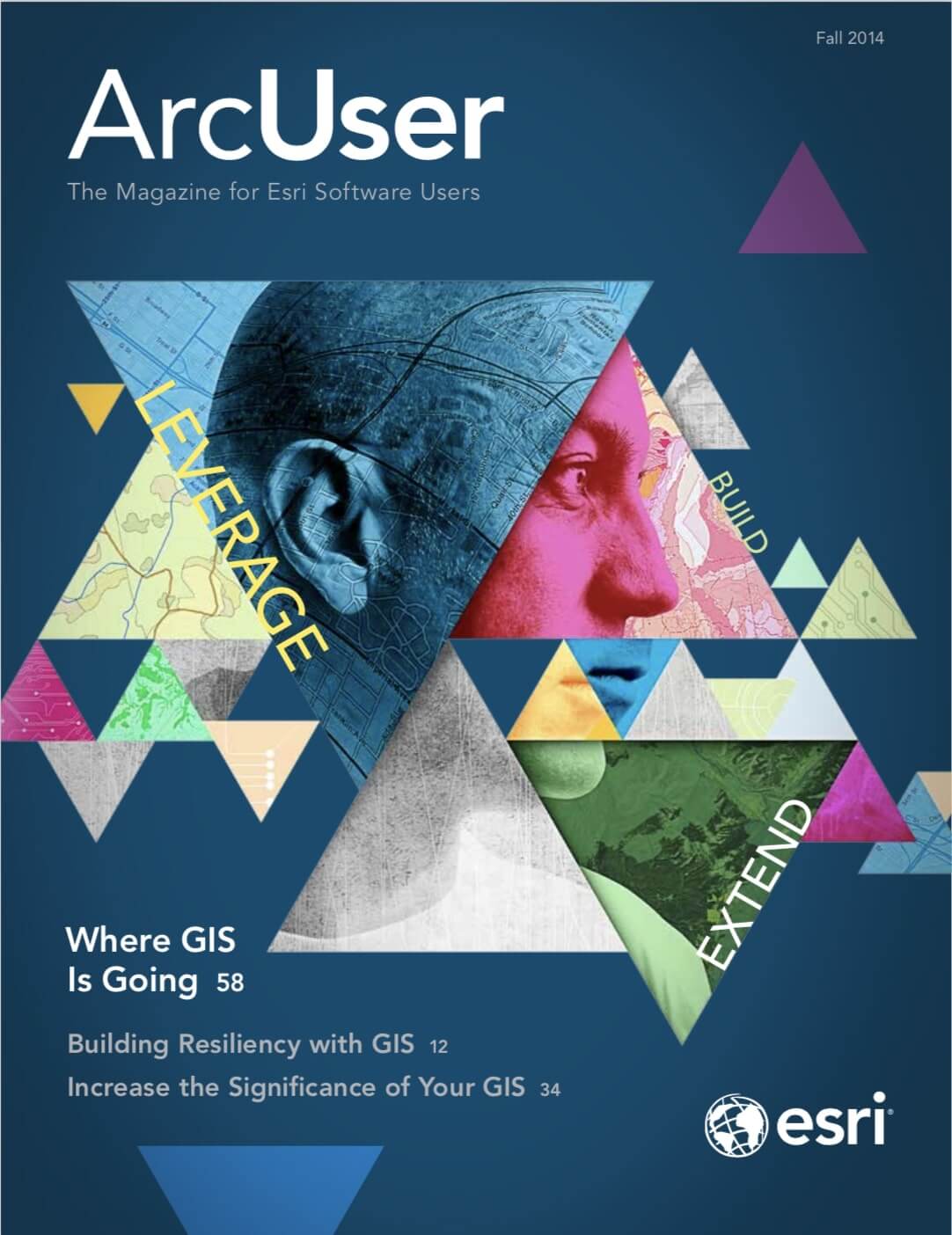
As a GIS manager, you must figure out how to prepare your team to leverage new tools and capabilities as the technology evolves. Helping your people develop the skills they need to perform at a high level is part of your job. It’s how your organization achieves big-picture business objectives.
Investing in your staff by training them also improves their job statisfaction. Higher job satisfaction is associated with increased productivity, decreased turnover, and higher customer satisfaction. The benefits of training are twofold and bidirectional. It helps you align your employees’ capabilities with your organization’s mission and strategy. It also helps them because they acquire knowledge and skills that can help them advance in their careers and improve their earning potential.
However, you need to have a plan for training your employees. The planning process documents the strategic value of your staff and the applications they create, manage, and support. Documenting this information can help you communicate to executives the value of GIS throughout the organization.
Esri training consultants can help walk you through the work force development planning process. The process begins with strategic alignment, proceeds to detailed analysis, and results in action.
Strategic Alignment
During the first planning phase, you need to answer the following questions:
- What is your organization’s overarching mission?
- What are your organization’s strategic objectives?
- What GIS applications are in place that support these strategic objectives?
- What current workflows and work force roles support the GIS applications?
The value of your GIS program is demonstrated by its direct alignment with the organization’s mission and strategic objectives. It’s possible that some GIS functions are carried out outside the GIS department. For example, geoenabling applications, such as Esri Maps for Office, may be deployed to other business units. It is important to include these roles in the alignment phase to ensure a complete organizational view of GIS applications and workflows. Inviting managers from those other business units to participate in the planning process can help inform the next phase.
Detailed Analysis
The analysis phase focuses on the knowledge and skills required by each work force role. You will determine which learning resources and delivery methods are needed to support each role and discuss timelines, priorities, and budget. Ask yourself:
- What specific knowledge and skills are required for each role?
- Are there skills gaps?
- If there are, what resources are available to fill these gaps?
- When and how should training occur to support ongoing operations, specific projects, and longer-term organizational objectives?
- What is your budget?
Esri training consultants are experienced in preparing this information and working closely with you to document answers to these questions. The analysis phase produces the work force development plan. This is a detailed list of training options organized by role and schedules that will help you track your employees’ progress.
Results in Action
The action phase is the culmination of the work you did in the planning process. The work force development plan is executed based on the timelines and priorities identified in the analysis phase. Action is an intrinsic part of the planning process because as the plan is implemented, the manager should periodically review the progress made and ask the following questions:
- Is the plan on schedule?
- Has the organization’s strategy shifted?
- Have new roles been created or existing roles modified?
Work force development planning is iterative. Adjustments are made over time as individual roles and organizational priorities change.
Planning Outcomes
The planning process is a tool that helps ensure employees receive the right training at the right time. Beyond that, a work force development plan will help you communicate more effectively with your organization’s leaders. Information documented in the plan can be shared during executive briefs, meetings, and presentations and included in budget proposals.
The same information is valuable when communicating with employees. Relating an employee’s work to the achievement of strategic organizational objectives boosts positive feelings about the job and increases overall job satisfaction.
Another benefit—one that is becomingly increasingly important—is change management support. New technology initiatives can flounder if the human tendency to resist change is not fully addressed. When planning technology changes that will require changes in how your team works, it is critical to gain their acceptance and proactively prepare them for changes ahead.
Demonstrating a commitment to helping your team successfully adopt new workflows and tools will make your employees feel valued and reassured. As they develop new skills and become comfortable with new technology, their resistance will diminish and they will embrace organizational changes.
To learn more about work force development planning, contact GIStraining@esri.com or visit esri.com/workforce-plans.

